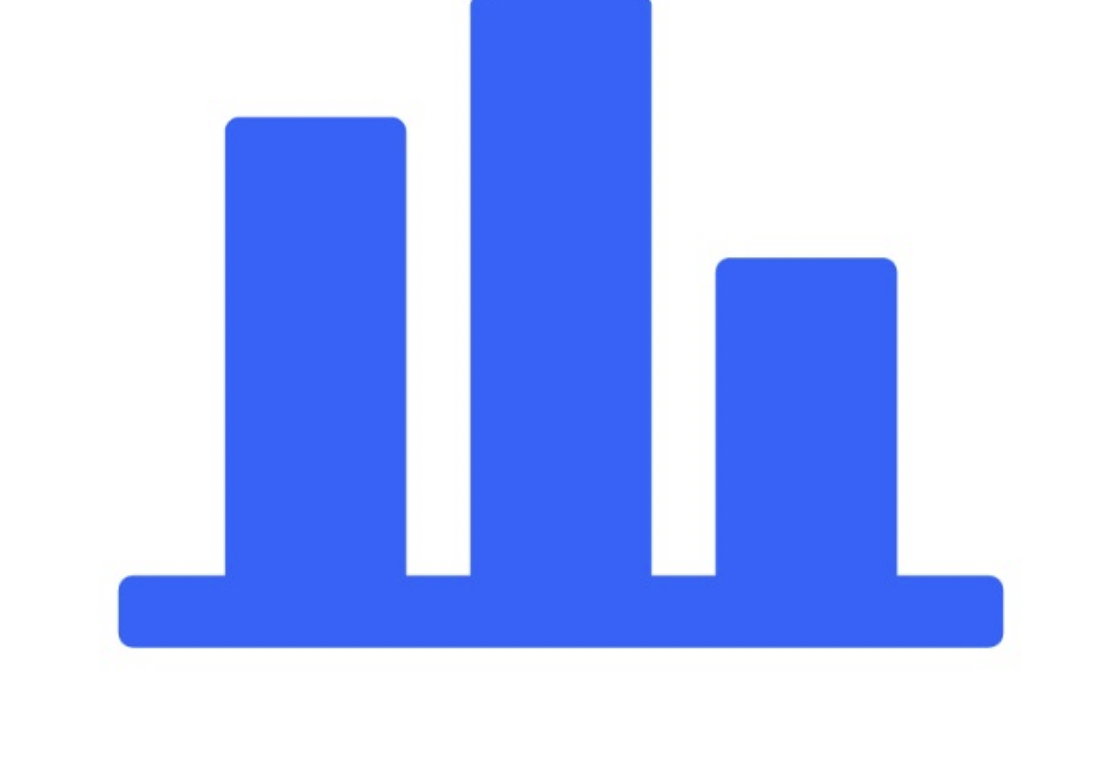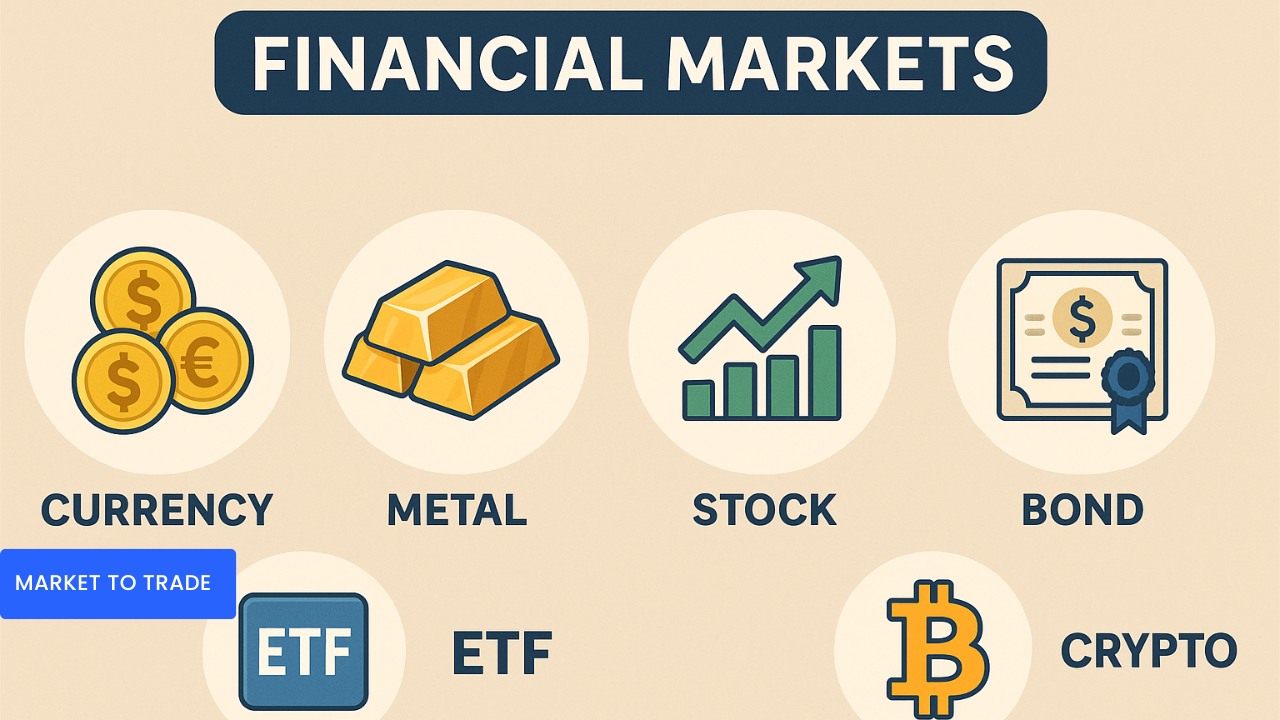Understanding How Global Markets Work and Why They Matter
The world’s financial markets are where money, opportunity, and information meet.
Every day, trillions of dollars move through different markets — from currencies and stocks to commodities and crypto — creating endless possibilities for traders and investors alike.
At Holo Forex, we believe understanding how financial markets work is the foundation for making smart, confident trading decisions.
Let’s explore what financial markets are, why they exist, and how you can take part in them.
1. What Are Financial Markets?
A financial market is a global network where people and institutions buy and sell financial assets — such as currencies, stocks, commodities, and bonds.
In simple terms, it’s where money moves to find opportunity.
The Role of Financial Markets
Facilitate Investment: Allow businesses to raise capital and investors to grow wealth.
Enable Trade: Support global exchange of currencies, goods, and services.
Reflect Economic Health: Price movements show the strength or weakness of economies.
Provide Liquidity: Let traders buy and sell assets quickly at transparent prices.
Example:
When you exchange your local currency for another, buy shares, or trade gold — you’re participating in a financial market.
2. Why Financial Markets Exist
Financial markets exist to make the global economy work efficiently.
They connect people who need money (borrowers, governments, companies) with those who have money (investors, savers, traders).
Key Functions
✅ Price Discovery: Markets determine fair value through supply and demand.
✅ Liquidity: Traders can easily enter or exit positions.
✅ Risk Transfer: Investors use instruments like forex or commodities to hedge against risks.
✅ Economic Growth: Efficient markets encourage investment, innovation, and global trade.
Example:
If oil prices rise, oil-producing countries earn more revenue — impacting currencies, stocks, and consumer prices worldwide.
3. The Main Types of Financial Markets
There are many markets, but they all serve one purpose — to connect buyers and sellers efficiently.
Here are the five major financial markets you’ll encounter as a trader:
A. Forex Market (Foreign Exchange)
The largest and most liquid market in the world, where currencies are traded in pairs (like EUR/USD or GBP/JPY).
Open 24 hours, 5 days a week
Driven by global news, interest rates, and economic data
Popular for leverage and high liquidity
Example:
Traders buy EUR/USD expecting the Euro to strengthen against the U.S. Dollar.
B. Stock Market
Where shares of companies are bought and sold — representing ownership in businesses.
Driven by company performance, earnings, and investor sentiment
Includes major exchanges like the NYSE, NASDAQ, and London Stock Exchange
Investors can earn through price appreciation and dividends
Example:
Buying Apple (AAPL) shares when new product announcements boost investor optimism.
C. Commodities Market
I
nvolves trading of natural resources like gold, silver, oil, and wheat.
Prices move based on supply and demand
Used for diversification and inflation protection
Traders often access via CFDs or futures contracts
Example:
Gold prices often rise during economic uncertainty as traders seek safety.
D. Indices Market
An index represents a group of stocks that reflect a segment of the economy.
Examples: S&P 500 (USA), FTSE 100 (UK), DAX 40 (Germany)
Measures overall market performance
Popular for long-term and diversified trading strategies
Example:
If major U.S. tech companies rise, the NASDAQ index tends to go up.
E. Cryptocurrency Market
A fast-growing digital market based on blockchain technology.
Decentralized and open 24/7
Known for high volatility and rapid price swings
Examples: Bitcoin (BTC), Ethereum (ETH), Ripple (XRP)
Example:
Buying BTC/USD after strong institutional investment news drives price momentum.
4. How Financial Markets Connect
All markets are interconnected.
A movement in one often affects others — this is known as market correlation.
Examples of Market Interactions:
Rising U.S. interest rates often strengthen the USD and weigh on gold.
Falling oil prices can weaken oil-exporting currencies like the CAD.
Global uncertainty may push investors from stocks to safe-haven assets like gold or the Japanese Yen.
5. Why Traders Should Understand Multiple Markets
Understanding various markets helps you:
✅ Spot global opportunities.
✅ Diversify and reduce risk.
✅ Anticipate price movements based on correlations.
✅ Develop a broader, more strategic trading mindset.
Example:
If you see oil prices rising, you might also expect strength in oil-related currencies like CAD — creating opportunities in both commodities and Forex.
Key Takeaways
✅ Financial markets connect buyers and sellers worldwide.
✅ The five major markets are Forex, Stocks, Commodities, Indices, and Crypto.
✅ Each market reacts to global economic events and influences others.
✅ Understanding multiple markets helps traders diversify and anticipate moves better.
Final Thoughts
The global financial market is a living system — constantly changing, reacting, and evolving.
As a trader, the more you understand how these markets work together, the more confidently you can identify opportunities and manage risk.
At Holo Forex, we guide traders beyond the basics — helping them understand not just how to trade, but what to trade, and why it moves.
Because true mastery begins with a deep understanding of the markets themselves.


